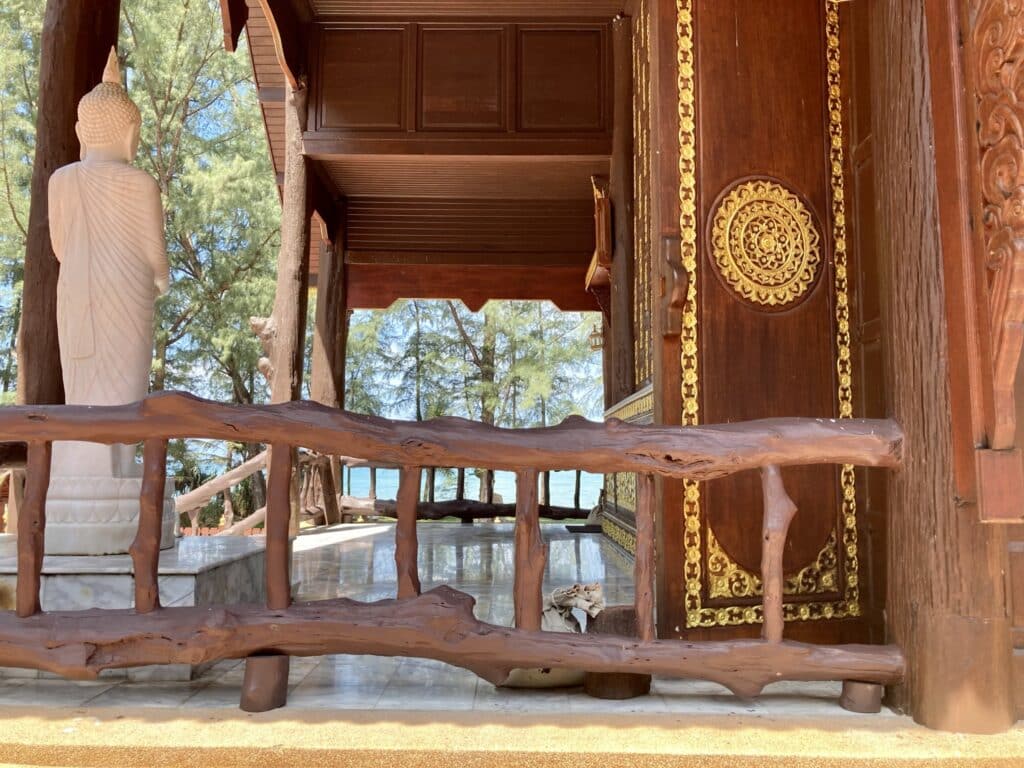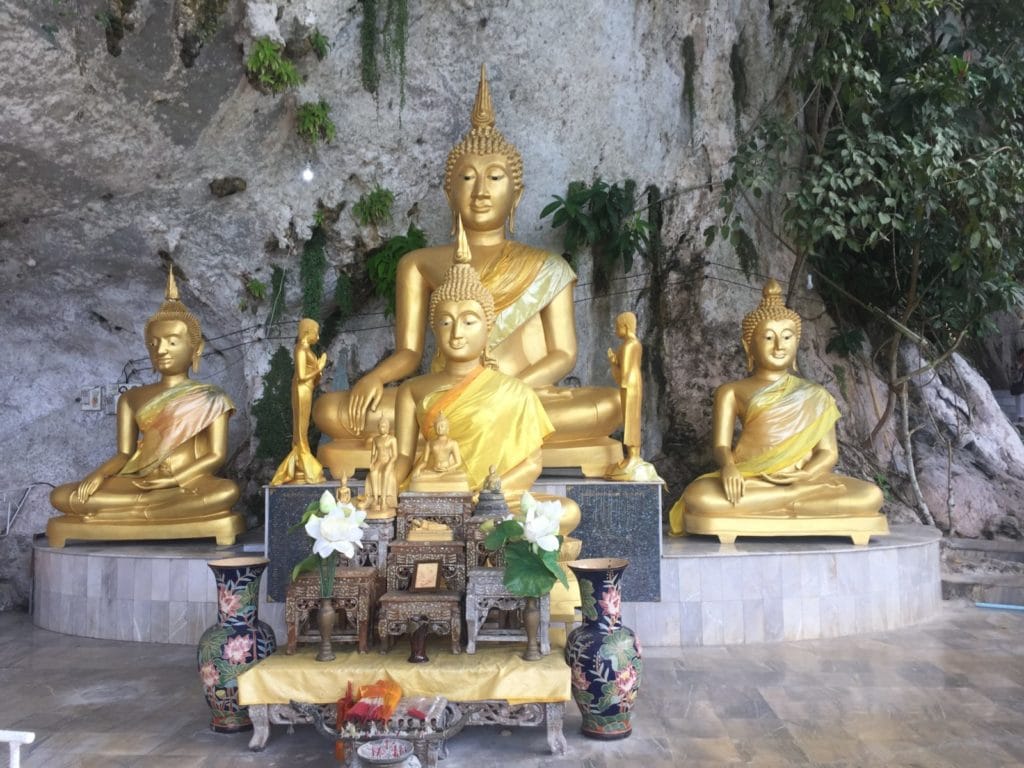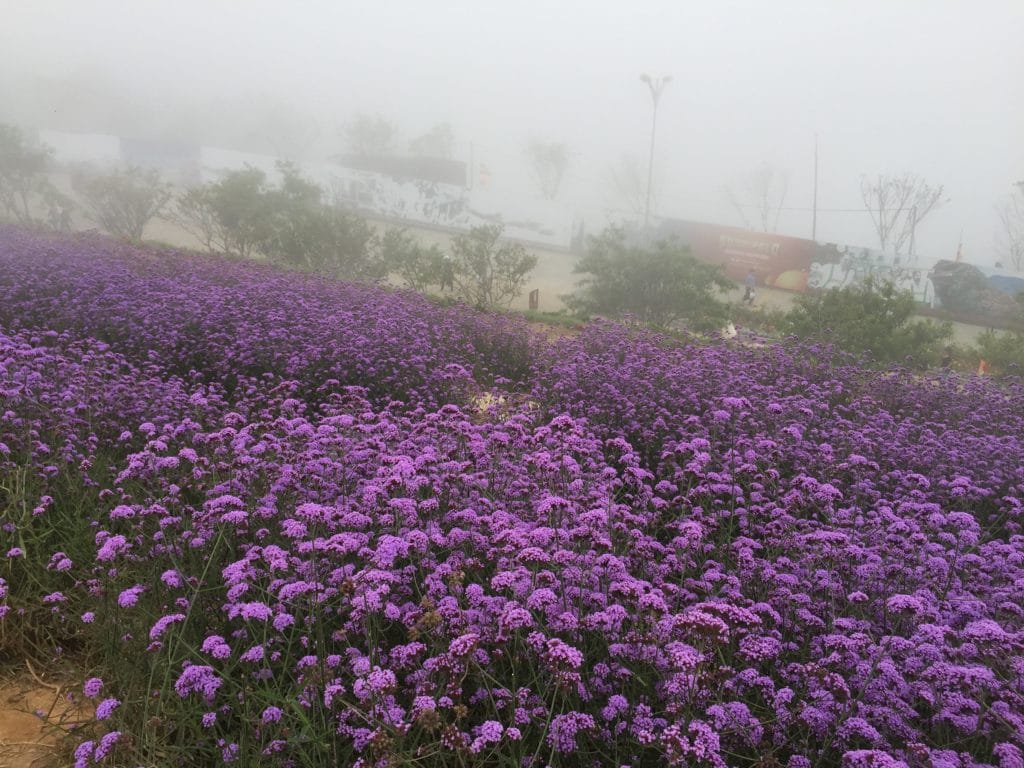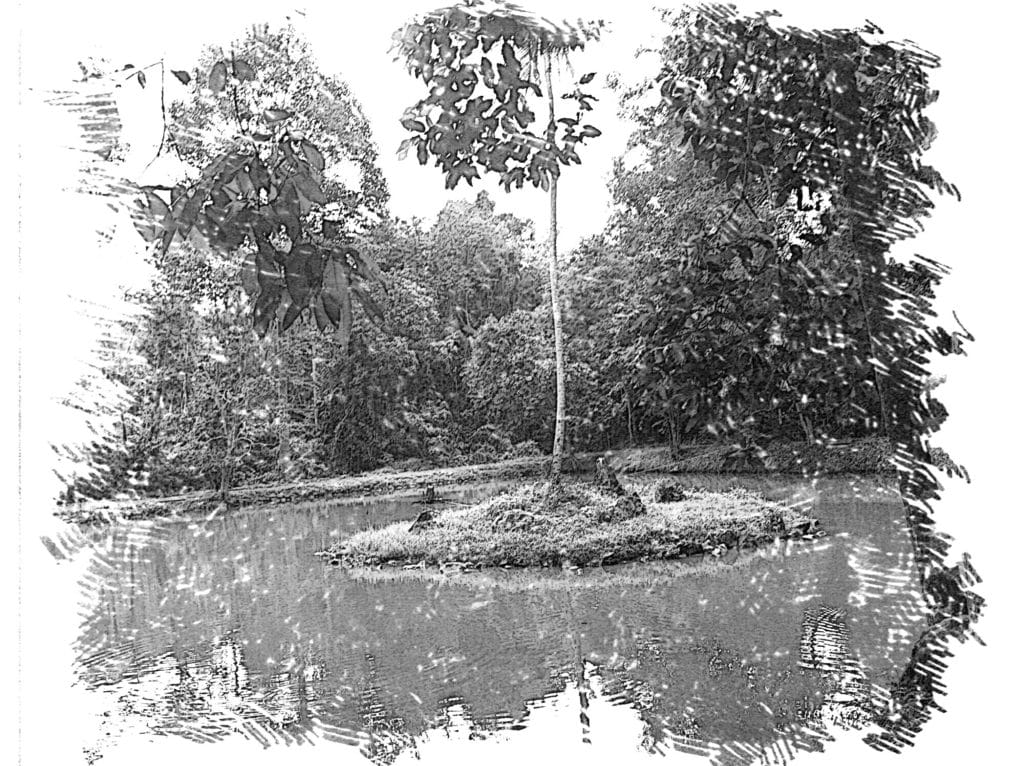Unveiling the Hidden Gem: Wat Tha Sai’s Rich Buddhist History and Imposing Architecture
Tucked away in the tranquil district of Thai Mueang, Phang Nga province lies an architectural marvel, Wat Tha Sai (Wat Tes Tammanawa). This haven of Buddhist history and artistic grandeur, unfortunately, remains unsought by many foreign tourists. What keeps this masterpiece off the popular tourist circuit? Let’s dive into the intriguing history, sublime architecture, and possible reasons why Wat Tha Sai is arguably Thailand’s best-kept tourist secret.
The Resounding Echo of Historic Significance
The inception of Wat Tha Sai dates back over a century, around 1897, during the reign of the fifth king of the Chakri dynasty. The temple’s full name, Wat Tes Tammanawa, translates to ‘the monastery of the river where the Buddha footprint exists.’ This reflects the enduring existence of Buddhism in the region, entrenched in the spiritual psyche of the local populace. The community’s effort and dedication to preserving and promoting Buddhist teachings have kept the temple alive, making it a sacred sanctuary for locals – a fact largely unknown to international tourists.
Architecture of Wat Tha Sai – A Testament to Artistic Grandeur
Wat Tha Sai is a splendid testament to Thailand’s timeless architectural prowess. The temple complex comprises multiple structures, including an ordination hall (Ubosot), a sermon hall (Viharn), monks’ living quarters, a reflection pavilion (Sala), and an enormous Buddha footprint pavilion. What makes it distinct is its stunning seaside location, with a striking wooden bridge leading to an impressive Meru-style pavilion that stretches out into the Andaman Sea.
The temple buildings feature a blend of architectural styles, exhibiting Thai, Chinese, and Burmese influences. The structures are adorned with intricate stucco work and vibrant mural paintings narrating various Jataka stories, representing the Buddha’s previous lives. The lavishly gilded Buddha statues in various poses, the elaborately decorated naga serpent staircase, and the ornate window panels depicting scenes from the Buddha’s life all contribute to the temple’s architectural grandeur.
The Reason Behind The Veil of Obscurity
When we consider why Wat Tha Sai isn’t as frequented by foreign tourists as it should be, several reasons spring to mind. Firstly, it’s tucked away in a less touristy area, away from the hustle and bustle of commercial centers, making the journey to reach it less convenient for time-strapped travelers. Secondly, its reputation as a local pilgrimage center rather than a tourist attraction might discourage foreign tourists who are not aware of its immense historical and architectural significance.
Lastly, the lack of marketing and promotional activities targeting international tourists could also contribute to its obscurity. While this relatively quieter atmosphere may add to the appeal for those seeking authentic experiences, it inadvertently results in Wat Tha Sai being overshadowed by the better-known tourist destinations in Thailand.
Wrap Up:
Wat Tha Sai, steeped in spirituality and unblemished by commercial tourism, leaves visitors in awe while ingraining a profound sense of peace and introspection. This often-overlooked sanctuary, standing tall in Thai Mueang, Phang Nga, is the perfect destination for those in pursuit of a touch of tranquil beauty bound with rich Buddhist history.
As we advocate for the unheralded, let Wat Tha Sai rise from obscurity and find its rightful place on the global tourist map. After all, to truly appreciate Thailand’s cultural heritage and architectural grandiosity – you need to journey beyond the obvious, just like exploring the mystic allure of Wat Tha Sai!
If you want to learn more read my other blog posts. See how I embarked on My Mindfulness Journey. I hope you will enjoy it.
Share



